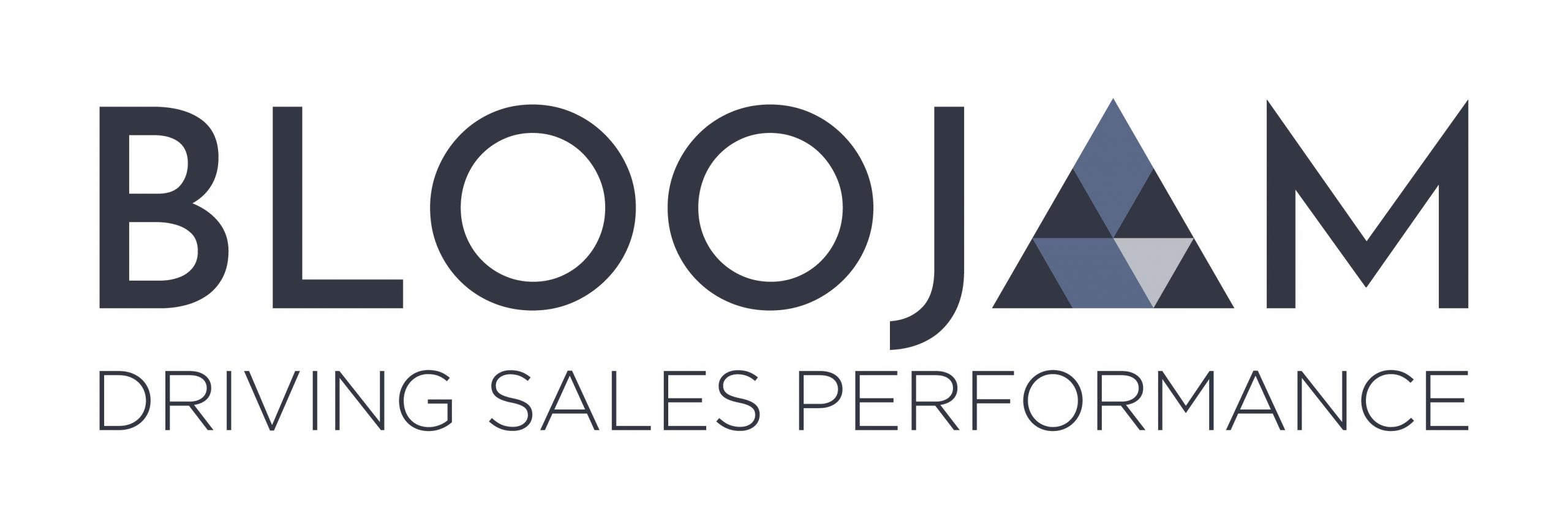What is a psychometric assessment?
The word psychometric comes from two Greek words, psyche and metric, which when translated literally means ‘measurement of the mind’. Psychometric assessments are a fair and objective way of measuring attributes such as cognitive ability, values, motivation, behavioural preferences and personality traits that are deemed to be relevant to job performance.
When can I use a psychometric assessment?
A robust psychometric assessment can be used in a wide range of contexts, including recruitment, selection and development. However, not all assessments (including some of the most well-known) are suitable for all occasions so you should check with the test publisher before use.
What should I look for when choosing a psychometric assessment?
There are 5 key things to consider when selecting which psychometric assessment to use:
- Relevant: Does the assessment measure criteria that are relevant to the role for which it is being used?
- Reliable: Does the tool provide an accurate and consistent measure of those criteria?
- Valid: Does the assessment truly measure what it claims to?
- Predictive: Does the tool provide an accurate prediction of future performance?
- Objective: is the tool fair and unbiased in its assessment of candidates regardless of their background? Does it adversely impact upon different groups of people?
What are the benefits of a psychometric assessment?
The analytical insights generated by a psychometric enable organisations to demonstrate a positive impact upon their business in a number of ways:
- High Performance: Validations studies can be used to demonstrate a clear link between assessment results and performance in role.
- Reduce Risks: Because validation studies can show organisations what qualities to look for in a top performer, organisations can be more confident in their ability to select the best candidate when hiring or promoting.
- Increase Engagement: Putting the right person in the right role where they can thrive has been shown to positively impact upon employee engagement and retention.
- Identify Potential: Understanding the qualities that drive great performance allows organisations to search for these characteristics in individuals, and provide developmental support to them, before they are put in post.
- Deep Dive: Selecting the right tool can enable organisations to measure specific aspects of motivation, attributes and behaviour which are difficult to measure via other methods.
- Fair Selection: They provide a standardised measure of job-relevant criteria behaviour that reduces the risk of unconscious bias and supports fair and objective decision-making.
Bloojam Consulting offers a range of robust recruitment and development tools and interventions, including the Acuity for Strategic Sales suite of psychometric assessment and development tools.



